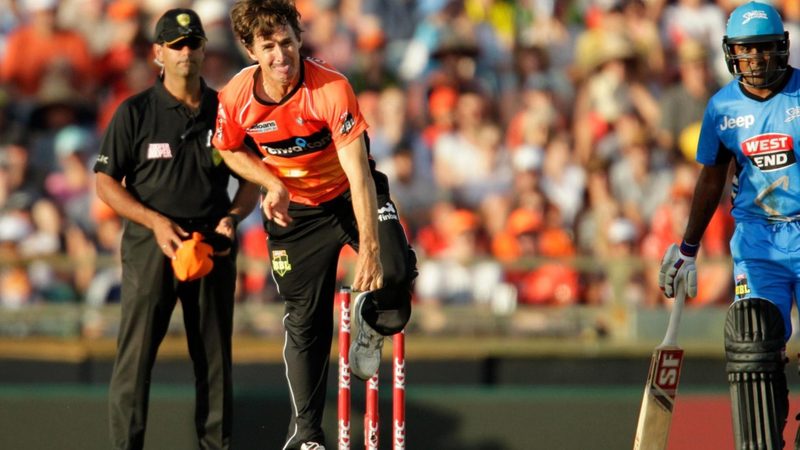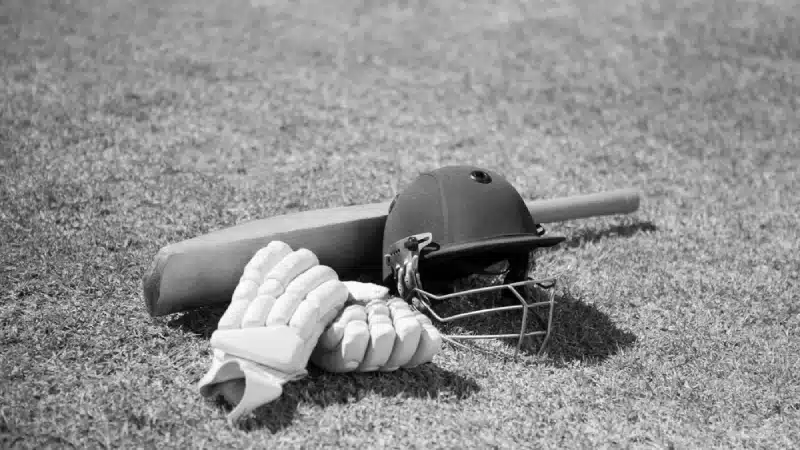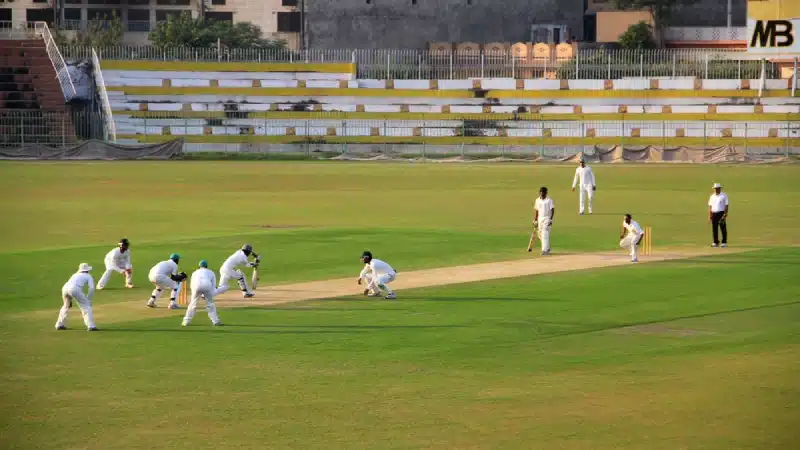
One of the best parts about cricket is the variety of ways players can achieve their objectives. Whether it’s scoring runs or taking wickets, what makes cricket so very fascinating and interesting is that there’s more than just a singular way to get the result you want.
Perhaps it’s this variety that sets cricket apart from other sports and one of its most unique variations which is rare to find is the Chinaman bowler.
In essence, a Chinaman bowler is a type of left-arm spinner who bowls leg spin. These types of bowlers aren’t easy to find and it is their rarity that further adds to their mystique with batters not always sure about what approach to take or what to expect against the Chinaman spinner.
A rather difficult craft to master, not many players have managed to consistently perform using this variation of bowling at the highest level.
It takes a lot of skill, patience, as well as determination to master and can be a very potent weapon for teams when executed correctly.
With that in mind, let’s dive into what is Chinaman bowling and how this rare art in cricket works.
What is Chinaman bowling?
So, what is Chinaman bowling? Well, put simply, when a bowler who is left-handed bowls leg spin or unorthodox spin, it is known as Chinaman bowling.
The bowler in this case is called the Chinaman and he bowls these mysterious variations primarily through his wrist work.
The Chinaman bowler mostly uses his wrists to spin the ball, similar to how a right-arm spinner bowls off-breaks.
Unlike most orthodox left-arm spinners who generally turn the ball away from right-handers, the Chinaman spinner does the exact opposite by bringing the ball back into the right-hander.
This spin variation can be deceptive to the right-hander at the crease and can make it difficult to deal with Chinaman spinners as the batter instinctively expects the ball to turn away from him. This element of surprise is what makes the Chinaman spinners such potent weapons against batters.
While the Chinaman bowler’s stock delivery is bringing to ball into the right-hander or leaving a left-hander, he can be even more effective should he possess other variations to confuse the batter.
For example, if a left-arm Chinaman knows how to also take away the ball from right-handers or into left-handers, then his stock ball becomes even more dangerous as batters can never be sure about what to expect and which way the ball will turn.
It’s for this reason along with the fact that they are a rare commodity whose bowling actions can at times come across as awkward that makes Chinaman bowlers such great viewing for the neutral and a nightmare for batters.
To sum up, Chinaman bowlers are basically the opposite of traditional orthodox left-arm spinners because they spin the ball back into the right-hander as opposed to taking it away.
In keeping with the type of bowler, the origin of the label Chinaman bowler is also entrenched in mystique. So where exactly did this name come from? Let’s find out.
Origin of Chinaman bowling
There are several theories that delve into where Chinaman bowling originated from. Here, we’ll be exploring all of them.
One of the earliest exponents of such bowling is believed to be Charlie Llewellyn, who was a South African all-rounder that played towards the end of the 19th century. Llewellyn was a left-handed batter who was also known to bowl dangerous slow left-arm wrist spin that other batters found difficult to read, making him one of the pioneers of Chinaman bowling.
That said, as far as the cricketing history books are concerned, West Indies spinner Ellis ‘Puss’ Achong and Chinaman bowling go hand in hand. The first Test player of Chinese origin, during a Test between England and the Windies at Old Trafford in 1933 Achong took English batter Walter Robins by surprise with a ball that turned back sharply from the line of the off stump.
If folklore is to be believed, Robins was left so frustrated by the dismissal that he apparently told the umpire ‘Fancy being done by a bloody Chinaman’ on his way back to the pavilion. And thus, Chinaman bowling was born as wrist spin deliveries by left-arm bowlers and has come to be known as Chinaman ever since.
A few notable Chinaman bowlers that have been seen using this bowling technique in cricket include Brad Hogg, Paul Adams, Garfield Sobers, and Kuldeep Yadav. All of these players have uncommon bowling actions and were difficult to read for batters, thereby continuing the tradition that was set by the first-ever Chinaman bowler.
Photo credit: Alamy




















